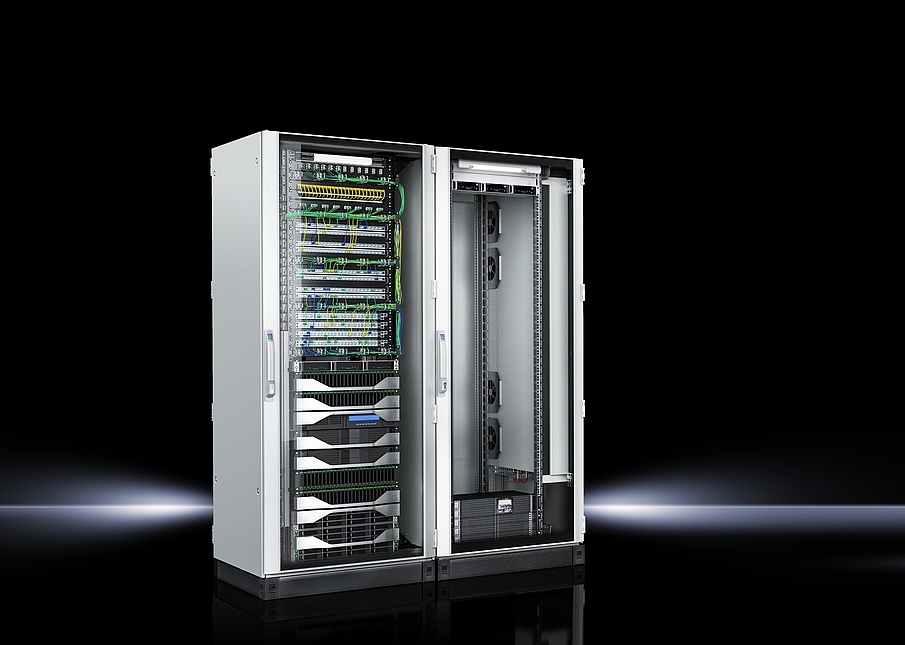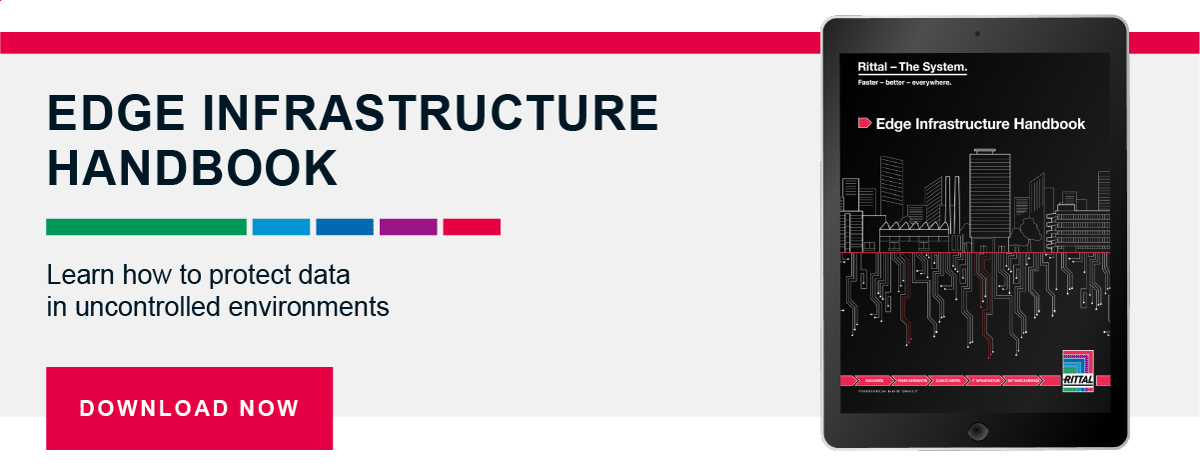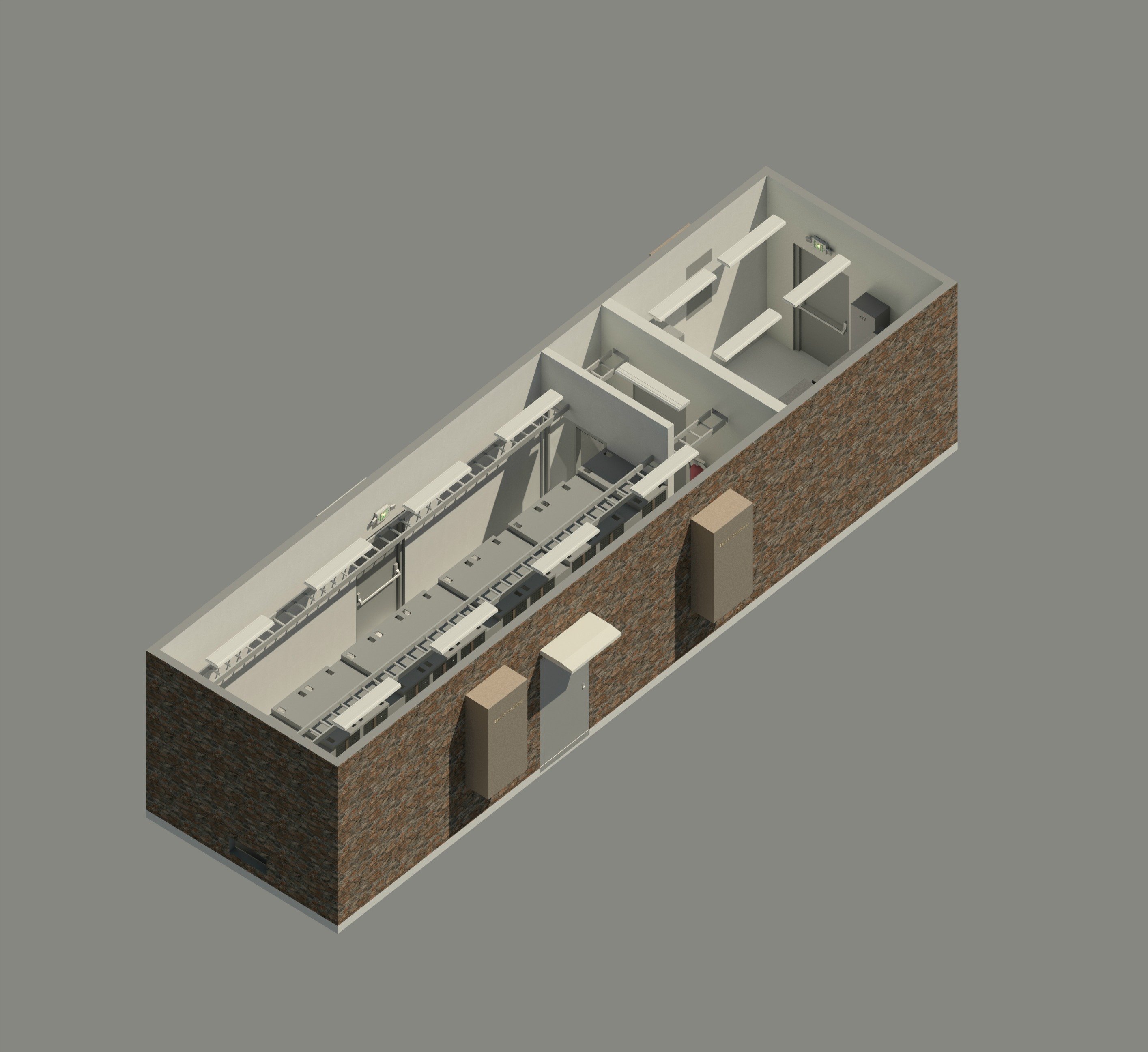Edge computing is a method of optimizing cloud computing systems by performing data processing at the edge of the network, close to the source of the data. To allow smart machinery and analytics, data must be available at all times and be processed quickly. Created by end users and applications around the globe deploying sensors, actuators, equipment and robots, all communicating with central production control systems – and one another. With the advent of IIoT and Industry 4.0, new data and network challenges have been introduced to organizations around the globe. Huge amounts of data are being generated, all of it available in real-time and able to be processed quickly.
Edge computing at this hyper-local level is a relatively new solution to this challenge, bringing processing power closest to where data is generated to greatly reduce latency and allow for real-time analysis. Along with improved latency is a second benefit; bandwidth issues are reduced because of the reduced strain on the network. Keeping operational critical data local at The Edge gives companies the opportunity to leverage cloud storage for their less urgent data.
Edge systems are often located in uncontrolled environments where temperature and air flow can change by the minute, making the cabinet itself largely responsible for protecting equipment and data from dust, debris, and moisture, and for controlling the climate to ensure optimum uptime. Without a reliable cabinet, data – and entire networks – are at risk.
IT Cabinets for Edge Systems — 5 Things to Look For
What does it take for an IT Cabinet to be considered “the best” Edge solution? Here are some things to look for:
- Features and accessories that address challenges at The Edge: Look for cabinets that come with heat removal solutions like in-rack airflow management and AC units designed for fluctuating IT loads and ambient conditions; look for NEMA-rated products to ensure reliable protection in harsh environments
- Scalable solutions: Cabinets are future-proof with close-coupled cooling systems, a method that scales easily to accommodate evolving equipment configurations
- Closed loop cooling: Closed-loop solutions are capable of handling large thermal loads and power density challenges without the need for additional containment or dependency on ambient conditions
- Simple Network interface: It’s important for cabinet cooling systems to connect through IoT devices to provide active monitoring via centralized management
- Flexibility: Choose cabinets whose assemblies are available in various output classes and can be combined into a ready-to-use solution when you need to get an Edge system up and running quickly
With thousands of installations in many of the globe’s toughest uncontrolled environments, Rittal understands how to optimize and simplify your deployment. Our range of climate control solutions can meet low-, mid- and high-density requirements; pre-engineered systems are available from 1 up to 8 cabinets, with select components for power supply, cooling, IT security and monitoring. The range of solutions extends from a basic footprint through multiple cabinets for maximum installation flexibility and adaptability.
Learn more about Edge and how Rittal can solve these unique challenges by reading our Edge Infrastructure Handbook.




